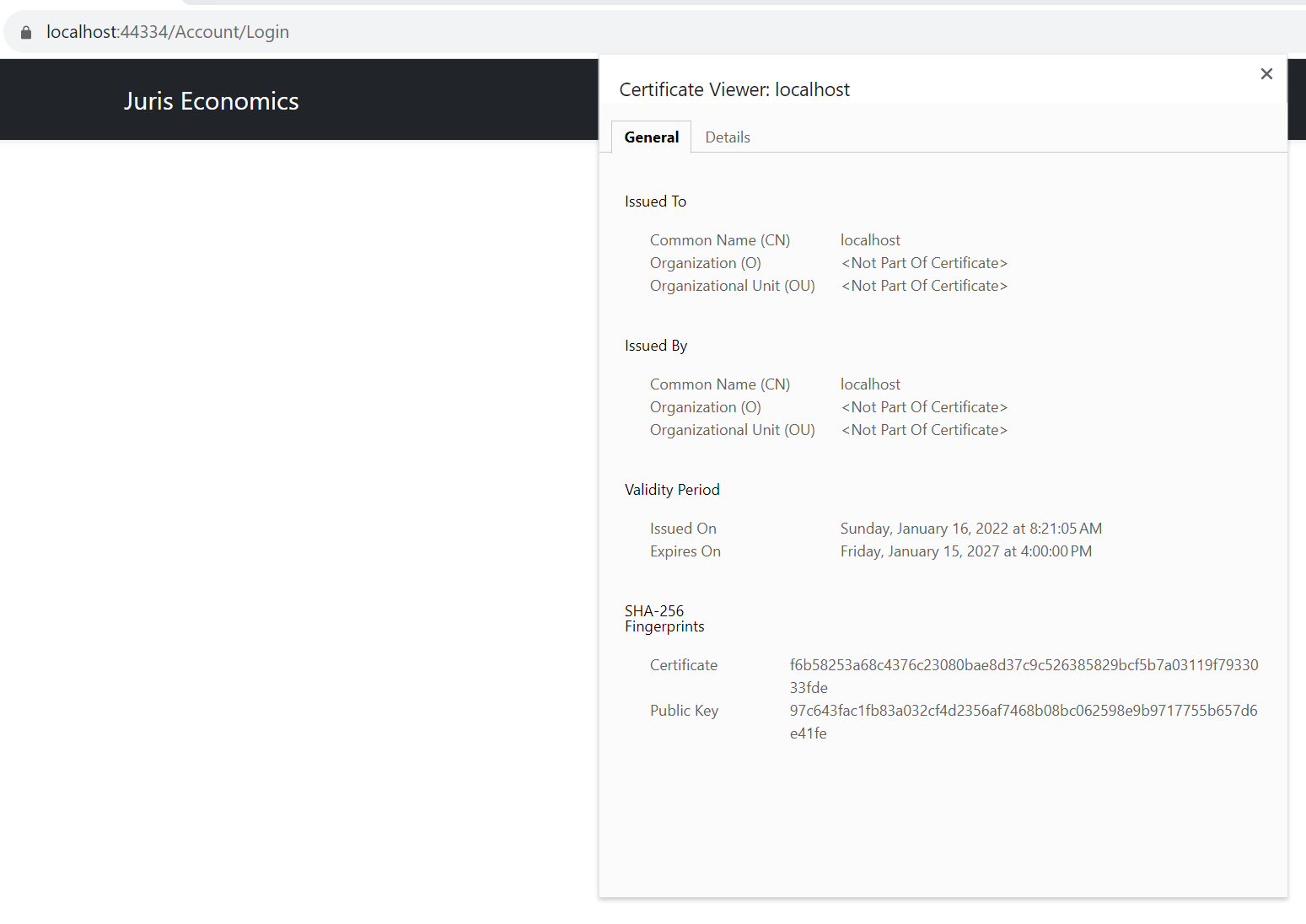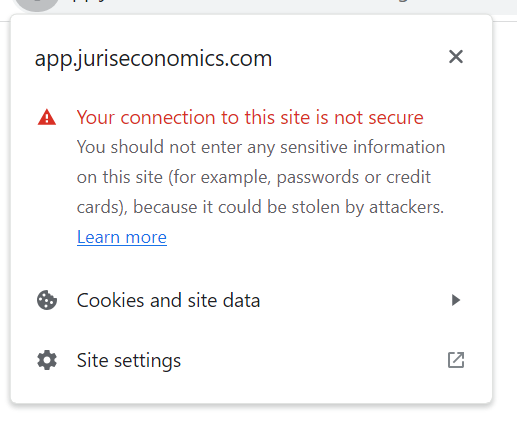Activities of "treggon@gmail.com"
You are confusing HTTP certificate and Signing&Encryption certificate (https://documentation.openiddict.com/configuration/encryption-and-signing-credentials.html)
Also see: https://docs.abp.io/en/abp/latest/Deployment/Configuring-OpenIddict
I would think that with all the context I provided I would have got something better than, you are confused. We are currently also evaluating another year of license or to switch. This is our first question this year.
You are confusing HTTP certificate and Signing&Encryption certificate (https://documentation.openiddict.com/configuration/encryption-and-signing-credentials.html)
Also see: https://docs.abp.io/en/abp/latest/Deployment/Configuring-OpenIddict
I am not confused, I am just pointing out the different certs I am using and wondering how to fix this.
On Azure, certificates can be uploaded and exposed to Azure App Service applications using the special WEBSITE_LOAD_CERTIFICATES flag. For more information, visit Use a TLS/SSL certificate in your code in Azure App Service.
Where I got the code to load the cert.
Where I got the code to load the cert.
Its got the super useful error code of 0x00 The rest of the site works with the application certificate but those don't have a thumbprint, this is just with OpenID certs Signing and Encryption.
I pulled this from the Application log. This is what is shown in the logs when I load that page. Seems like its just not loading the cert using the thumbprint, but I don't understand.
`2023-11-28T17:57:00 Welcome, you are now connected to log-streaming service. The default timeout is 2 hours. Change the timeout with the App Setting SCM_LOGSTREAM_TIMEOUT (in seconds).



